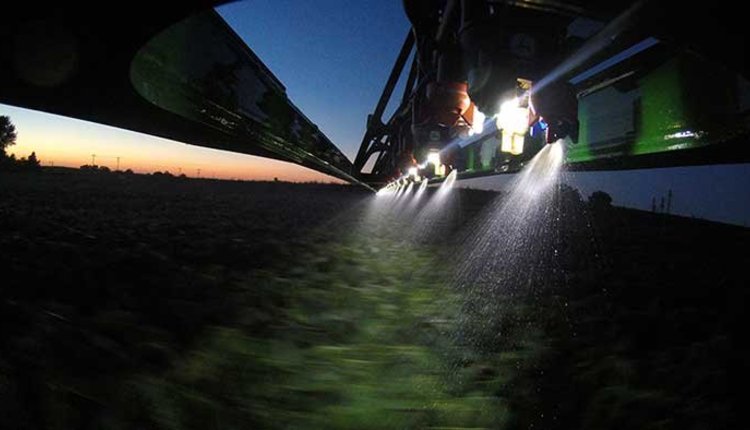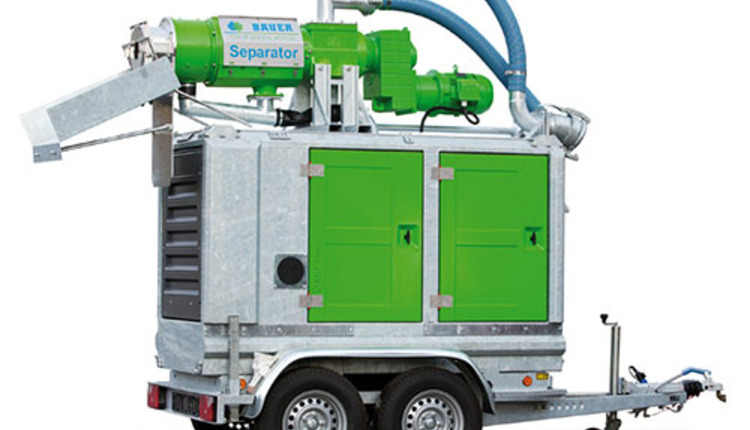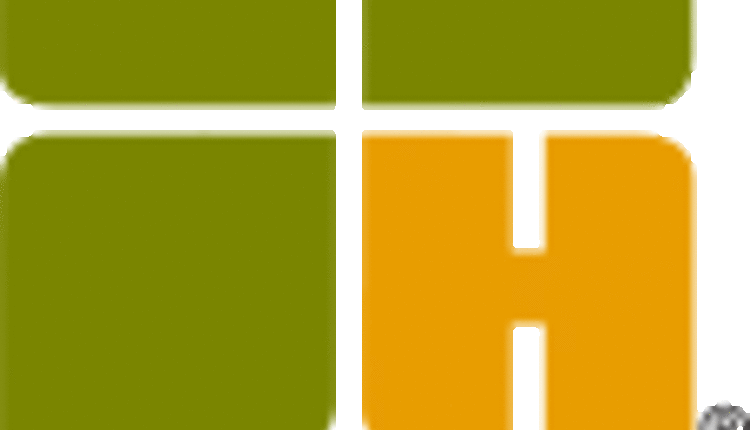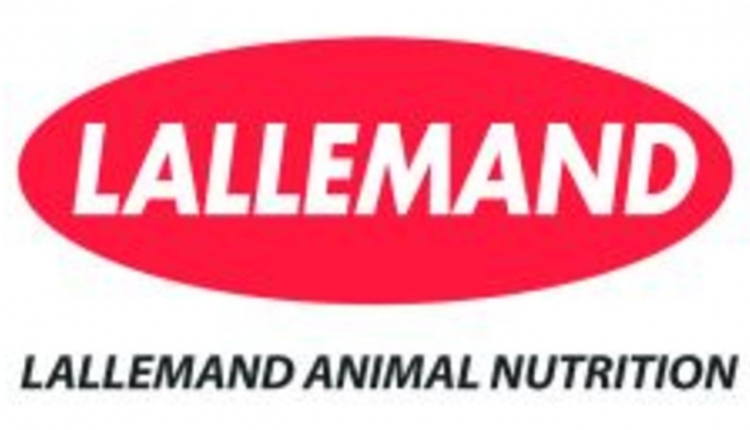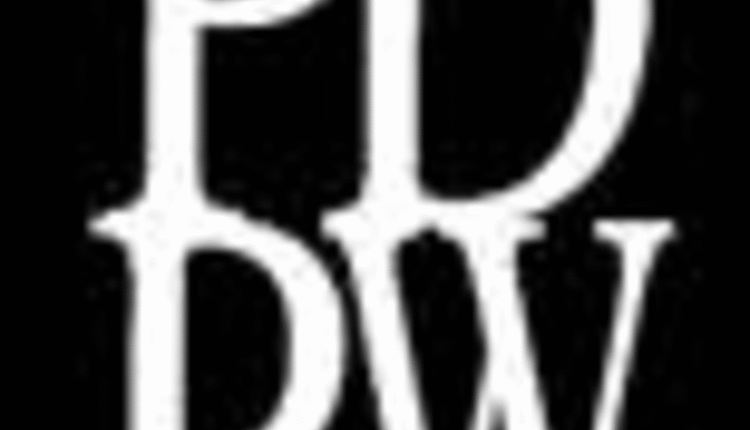By Bob Cropp, Professor Emeritus
University of Wisconsin Cooperative Extension
University of Wisconsin-Madison
Milk prices continue to show strong recovery from the lows in April and May. The August Class III price will be near $17, about $1.75 higher than $15.24 in July and about $4.25 higher than $12.76 in May. Higher Class III prices are driven by much higher cheese prices and some improvement in dry whey prices. Cheese prices are the highest since November of 2014. On the CME, 40-pound cheddar blocks averaged $1.6613 per pound in July, but have been between $1.7325 and $1.865 during August. Cheddar barrels averaged $1.7363 per pound in July, but have been between $1.7750 and $1.88 during August. Dry whey averaged $0.26 per pound in July and increased to $0.29 in August.
The August Class IV price will be near $14.77, $2.09 higher than the low of $12.68 in April. But, little lower butter and nonfat dry milk prices will lower the August Class IV price to about $14.78 compared to $14.84 in July. CME butter averaged $2.2731 per pound in July and has been between $2.15 and $2.27 range in August. Nonfat dry milk averaged $0.8638 per pound in July and has been between $0.83 and $0.8475 range in August.
This much increase in cheese prices was not anticipated. Cheese stocks have been increasing. June 30th total cheese stocks were a record high at 9.6% higher than a year ago and 13.9% higher than the five year average for this date. But, higher cheddar cheese prices were driven by good sales, lower production with June 3.5% lower than a year ago, and fresh cheddar cheese supply tighter than more aged cheese. Butter prices have been held in check with June 30th stocks 27.4% higher than a year ago and 35% higher than the five-year average for this date. This was the highest butter stocks since June of 1993. June butter production was 6.4% higher than a year ago. June 30th nonfat dry milk stocks were 9.4% lower than a year ago, but 13% higher than the five year average for this date. June nonfat dry milk production was 13.2% lower than a year ago as skim milk powder production for export increased 59.5%.
Dairy product prices were not helped by exports since June exports continued below year ago levels. Compared to June a year ago exports were lower by 9% for nonfat dry milk/skim milk powder, 33% lower for butterfat, 12% lower for cheese and 2% lower for dry whey. However, whey protein concentrate exports increased 52% as China bought a record volume and increased exports to Southeast Asia. On a total solids basis, June exports were equivalent to 14.9% of milk production, the highest since April 2015. Imports were equivalent to 4.1% of milk production.
Whether cheese prices hold at these improved levels and supporting higher Class III prices will depend a lot upon the level of milk production as well as continued strong sales. Milk production for the month of July was 1.4% higher than last year driven mainly by improved milk per cow, up 1.2%. Cow numbers increased two months in a row with July numbers up 2,000 head from June. California's milk production continues below a year ago, but the decline is slowing with July down just 0.8%. Milk production has picked up in Idaho with July 3.7% higher than a year ago. While milk per cow was higher in New Mexico 13,000 fewer cows put July milk production 1.2% lower. Texas added 9,000 cows and with more milk per cow July production was 4.4% higher. July milk production was up 4.0% in New York, 4.5% in Michigan, 2.5% in Iowa, 1.5% in Minnesota, 5.9% in South Dakota, and 2.1% in Wisconsin. It appears that some of the hot and humid weather in July had little impact on milk production in the Northeast and Upper Midwest.
Last year milk production for the first half of the year was 1.7% higher than the year before but production slowed during the second half to just 0.8%. This year milk production for the first half of the year, leap year adjusted was 1.1% higher. With the weaker increase the second half of the year last year production will remain higher than a year ago and could end the year about 1.6% higher than last year.
Exports may start to show some improvement. Milk production in the EU 28 countries which was running more than 5% higher earlier is now just 1%. Milk production is also projected to be lower in Australia, New Zealand and Argentina. China has been a little more active in imports. But, there is still excess world stocks to work off. U.S. faces strong completion from both EU and New Zealand for markets. World dairy product prices are improving but remain well below U.S. prices. So any major improvement in exports is not likely before well into 2017.
Class III futures are near $17 for August and remain in the $17s through November before dropping to the $16s in December and continuing in the $16s for 2017. These prices appear to be a little optimistic. Once buyers are comfortable with their cheese and butter inventories to support the strong selling period of Thanksgiving through Christmas we could see lower cheese prices pushing the Class III price once again back to the $15s by November and December. It will take continued strong cheese sales and slower growth in milk production to support the current Class III futures.
8.24.2016
